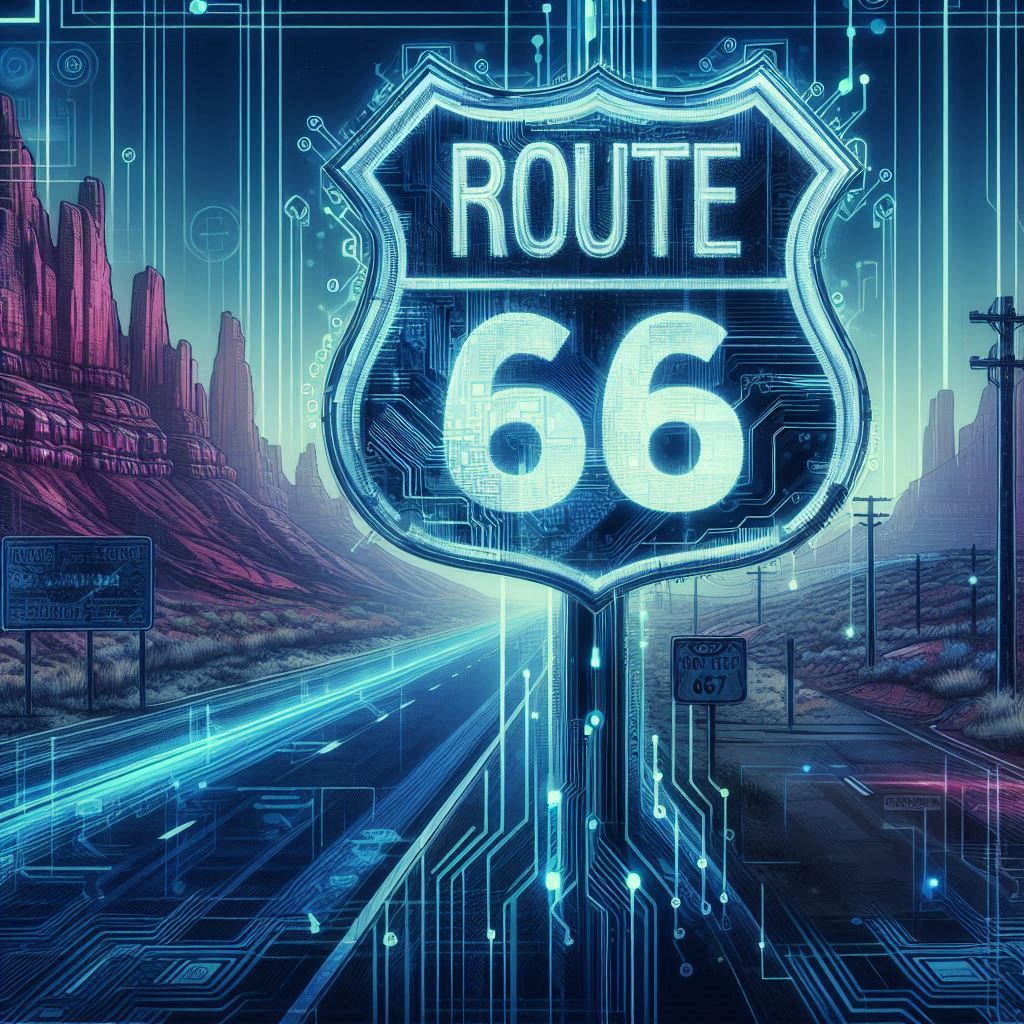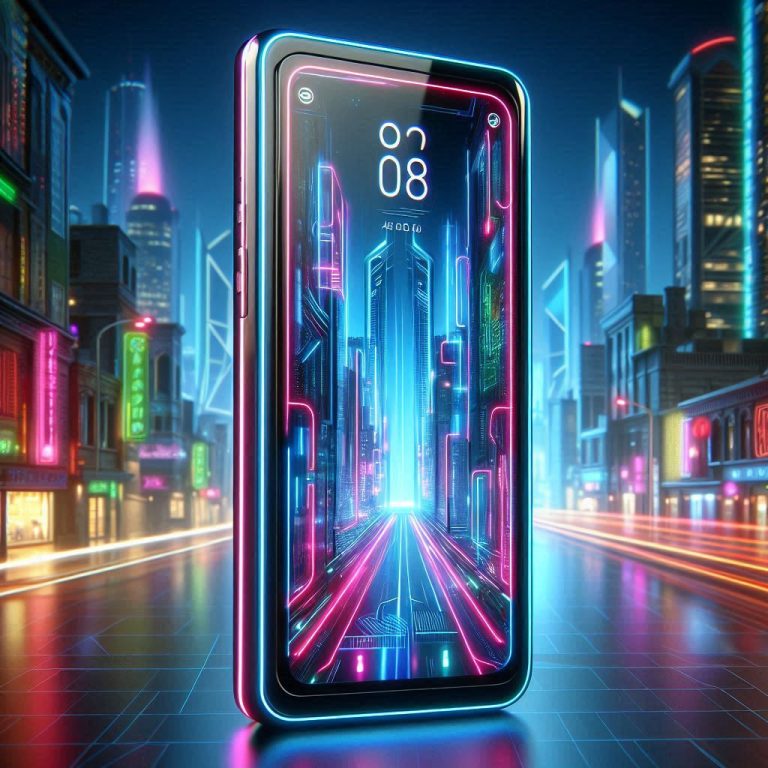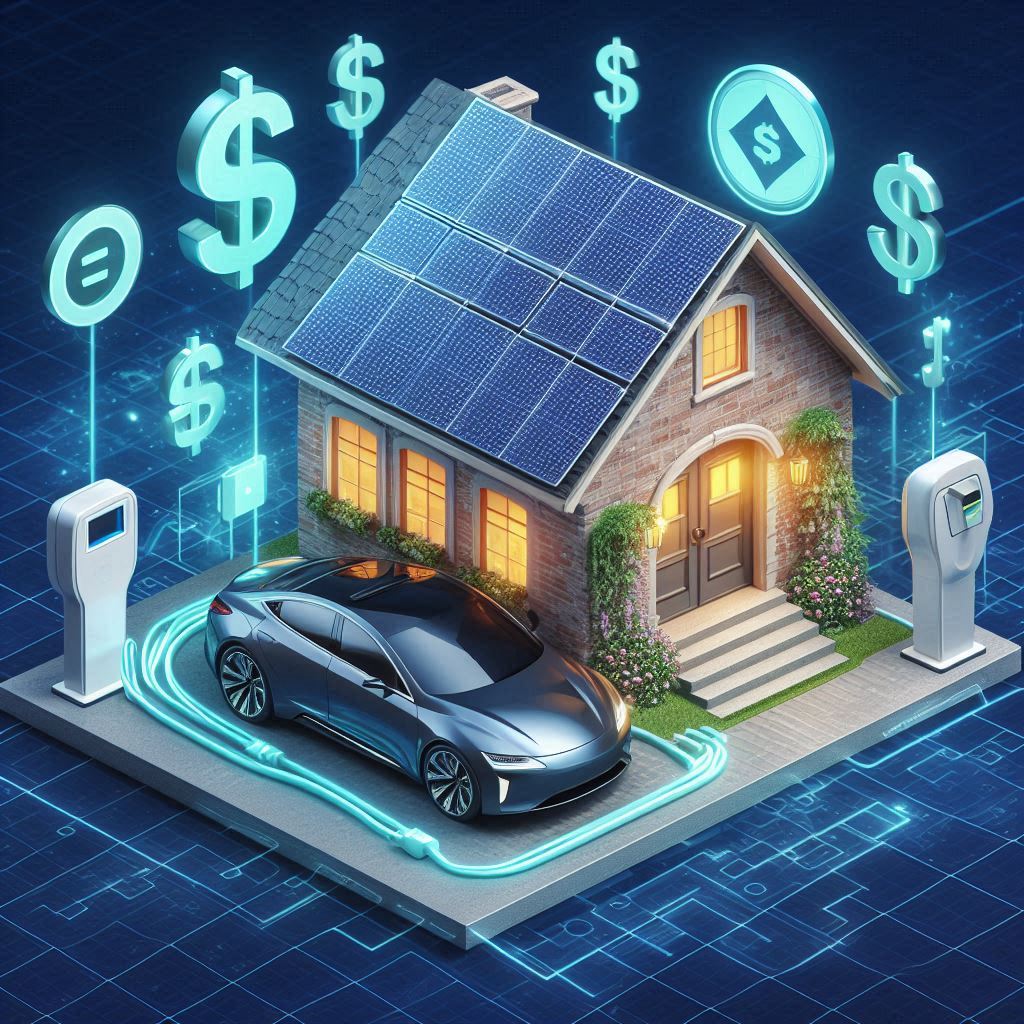Welcome to the Community

We saw that I-40 passed around the towns that Route 66 went through: Kingman, Seligman, Williams, Winslow, Holbrook. These towns have some great restaurants and fun things to do, but now most people just fly past them. We found a way to help these businesses join our community and advertise to travelers.
Have you ever found yourself riding down the road (not driving) when you pull out your phone to find a place you want to go, only to find out it’s 5 miles back the way you came?
Our directional phone app will find charging stations ahead of you as well as businesses participating in our promotional program (and any other businesses for that matter). Each location that hosts one of our chargers becomes a sort of ad agency for local businesses who can offer discounts and specials advertised at the charger and on the phone app.
Some members may find themselves enjoying small towns across the country. This could result in longer travel times as the journey becomes as enjoyable as the destination. Many members have experienced relaxation, reduction of stress and more conversation with friends and family members. This could cause involuntary and accidental removal of earbuds.



There are a host of grants and credits available for alternative energy, solar systems, EV chargers, new markets, opportunity zones and the list goes on and on. Because the core of our system is built around an EV charger that can also control solar panel output, battery backup and utility demand, our installations usually qualify for multiple grants and/or credits, greatly reducing the cost.
While this is incredibly complex, we have experts who assess all the available sources and the best way to utilize them. some end-users can use the credits, but in many cases it’s easiest to sell them to other people with high tax bills and use the proceeds to offset the project cost. Either way, it makes the new technology affordable and profitable to the end user, which was the point in establishing the subsidies.
These credits factor into the design of each system: how can we provide the most energy possible for the least cost? This optimization is what lead to the design of the Microgrid.
We started with a tiny homes community with solar panels and charging stations in every home. The EV would be used as backup if the power went out. Why not add a battery in case they don’t have an EV or if the car isn’t home? What would it take for the entire community to be self-sufficient?
A microgrid is a box that holds battery storage and a control system that is connected to a solar panel array with enough capacity to work in conjunction with the home systems to power the entire community. And let’s not forget keeping all the cars in the neighborhood charged.
Microgrids can work anywhere – apartment complexes, hospitals, hotels, golf courses, office buildings and universities. Wherever you have power consumption and vehicles.